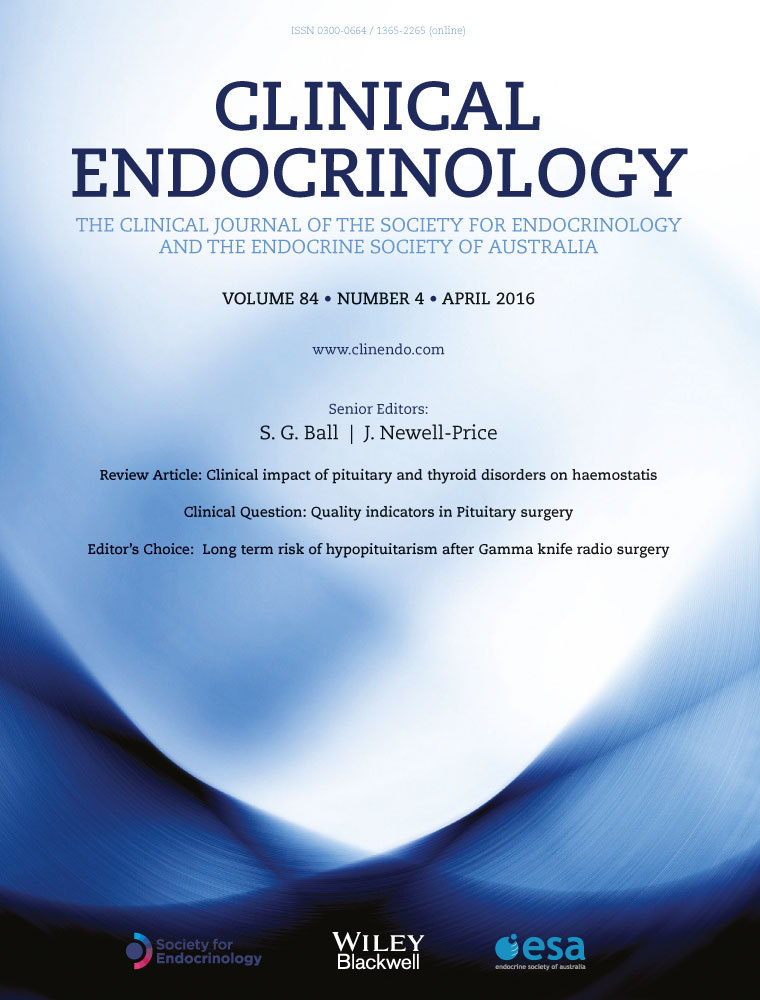Initial clinical experience with BRAFV600E mutation analysis of core-needle biopsy specimens from thyroid nodules
Summary
Objective
The accurate diagnosis of thyroid nodules is important for making management decisions. The purpose of this study was to evaluate the feasibility of core-needle biopsy with BRAFV600E mutation analysis (CNB + BRAFV600E) and to compare the clinical usefulness of CNB + BRAFV600E and fine-needle aspiration with BRAFV600E mutation analysis (FNA + BRAFV600E) in the diagnosis of thyroid malignancy.
Design, patients and measurements
The results of BRAFV600E mutation analyses of 820 nodules from 820 patients (153 men, 667 women; mean age, 51·1 years), who underwent CNB + BRAFV600E (n = 256) or FNA + BRAFV600E (n = 564) between January 2011 and March 2012 were retrospectively evaluated. The feasibility of CNB + BRAFV600E was assessed by comparing its rate of detection of BRAFV600E mutations and positive predictive value with those of FNA + BRAFV600E. The clinical usefulness of CNB + BRAFV600E was determined by comparing rates of inconclusive results, the additional value of BRAFV600E mutation analysis, diagnostic surgery and diagnostic performance with those of FNA + BRAFV600E.
Results
CNB + BRAFV600E and FNA + BRAFV600E had similar rates of BRAFV600E mutation detection (66·3% vs 64·4%, P = 0·883) and positive predictive value (100·0% vs 96·6%, P = 0·135). CNB + BRAFV600E had a significantly higher diagnostic accuracy rate (95·7% vs 85·9%, P < 0·001), and significantly lower rates of inconclusive results (8·2% vs 51·8%, P < 0·001), and diagnostic surgery (8·9% vs 22·3%, P = 0·006), than FNA + BRAFV600E.
Conclusions
The greater diagnostic performance of CNB + BRAFV600E and its lower rate of inconclusive results than FNA + BRAFV600E suggest that CNB + BRAFV600E can reduce rates of preventable diagnostic surgery.




